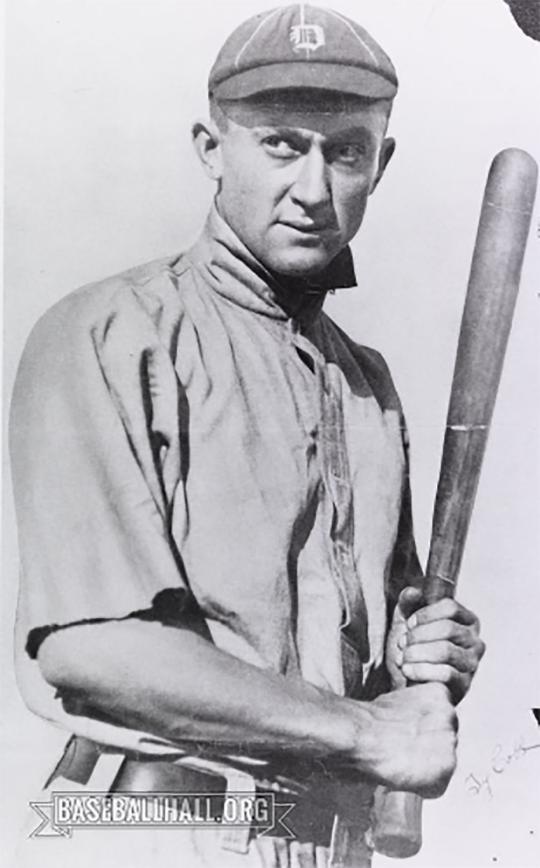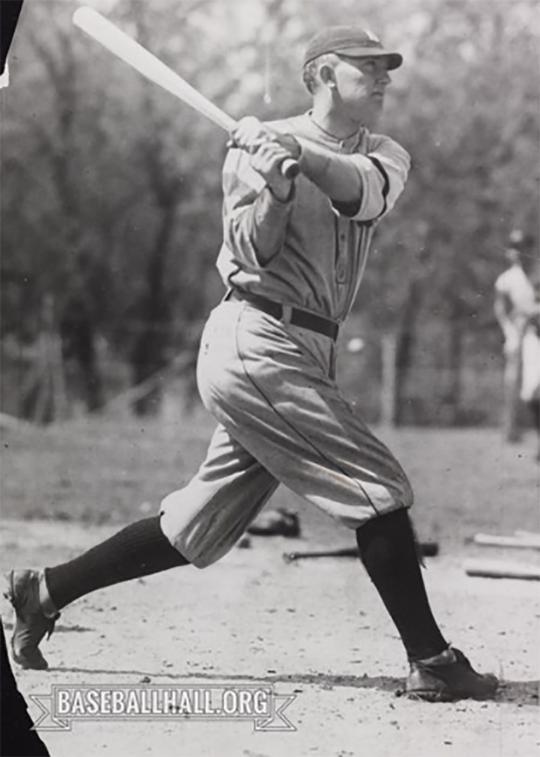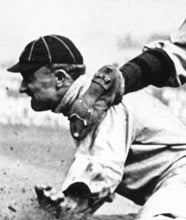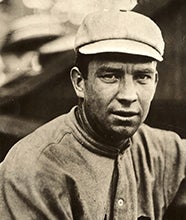- Home
- Our Stories
- #Shortstops: Ty Cobb and the science of the game
#Shortstops: Ty Cobb and the science of the game
The word science might make you think of a microscope, laboratories and chemical reactions. But do you ever think baseball?
As science and analytics become an increasingly larger part of the game today, it is no surprise that baseball players have attempted to morph the action of hitting a baseball into a science.
Hall of Fame Membership
There is no simpler, and more essential, way to demonstrate your support than to sign on as a Museum Member.
Official Hall of Fame Apparel
Proceeds from online store purchases help support our mission to preserve baseball history. Thank you!
For example, Ted Williams’ book, “The Science of Hitting”, was published in 1970, a decade after the end of Williams’ 19-year career with the Boston Red Sox and is still being read by young players today.
But before Ted Williams related hitting to science, Ty Cobb did so in 1944. This was the year his booklet, “The Science of Batting”, was published.
The booklet was 11 pages in length, and its publisher was Hillerich & Bradsby Co., Inc., owners of the famous Louisville Slugger batting company.
As Louisville was one of the first companies to market a player’s name on a piece of sporting equipment (this happened in 1905 when they used Honus Wagner’s name on their bats), it was fitting that they also commissioned Ty Cobb to write a book about batting.
On the front cover of the booklet is a picture of Cobb in a Detroit Tigers uniform holding a bat with his familiar split-handed grip.
The following page features a picture of Tris Speaker, Babe Ruth and Ty Cobb.
Booklet written by Ty Cobb which includes recommendations on stance, grip and batting position for hitters. Published by Hillerich & Bradsby Co., Inc., the company which produces Louisville Slugger bats, and originally printed in the 1944 Famous Slugger Year Book. (National Baseball Hall of Fame and Museum)
Cobb’s split grip is particularly pronounced in this picture, contrasted to Ruth’s closed grip near the knob of the bat.
As for the remainder of the booklet, Cobb goes on to describe major concepts in batting, including; selecting the bat itself, gripping the bat, body position and stance. Cobb also discusses some of the psychological aspects of hitting a baseball.
On page seven he advises, “…never let your eye leave the ball. It means only disaster to divide mind or attention.” Throughout the book, his attitude toward baseball remains constant: Practice often, build on the fundamentals, and give the game your supreme effort and determination.
All valuable pieces of advice, but what made Cobb relate batting to a science?
Perhaps it is the idea that science can provide a set list of procedures and rules that lead to a desired outcome. Stand here in the batter’s box, hold the bat with this grip, swing the bat in this direction, and you have a better chance of getting a hit.
The truth is that science is a bit misunderstood. Science does not provide an exact method to yield one result, just as there is no single batting stance that will yield a home run. Furthermore, the major fields of science (physics, chemistry, and biology) rarely remain constant. They are continually changing and dependent on new experiments and observations, just as new players and technology continue to revolutionize baseball.
When you think of it that way, science is actually a lot like baseball. Both are dynamic and unpredictable, often producing results one never thought possible. And both rely on careful observation coupled with thorough analysis.
Cobb demonstrates this when he writes, “Always be watchful and observing. You will be surprised at how much you can learn that will be helpful.”
Kristina Abicca is the 2019 education intern in the Hall of Fame’s Frank and Peggy Steele Internship Program for Youth Leadership Development
Related Stories
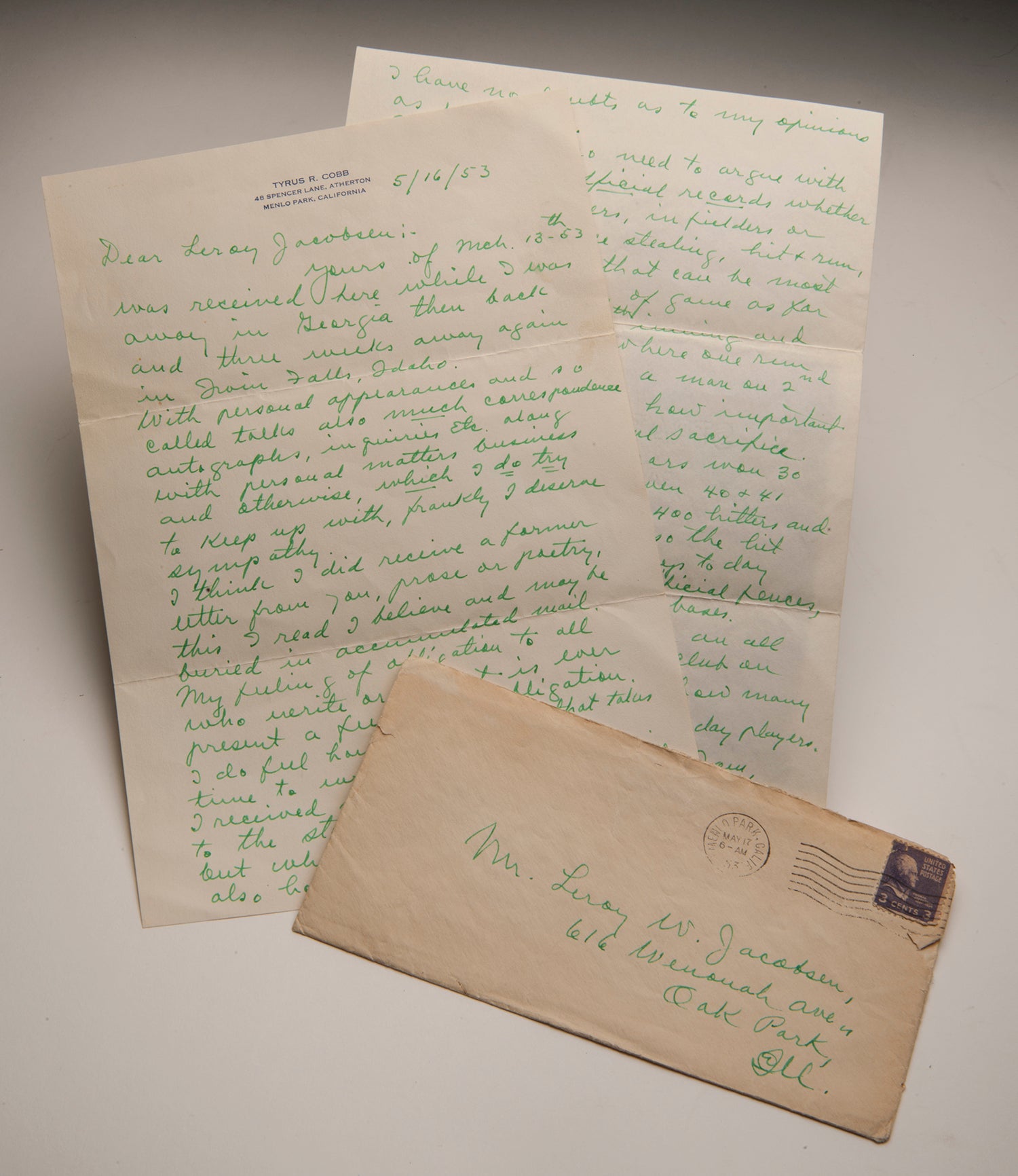
#Shortstops: Letters from Ty Cobb
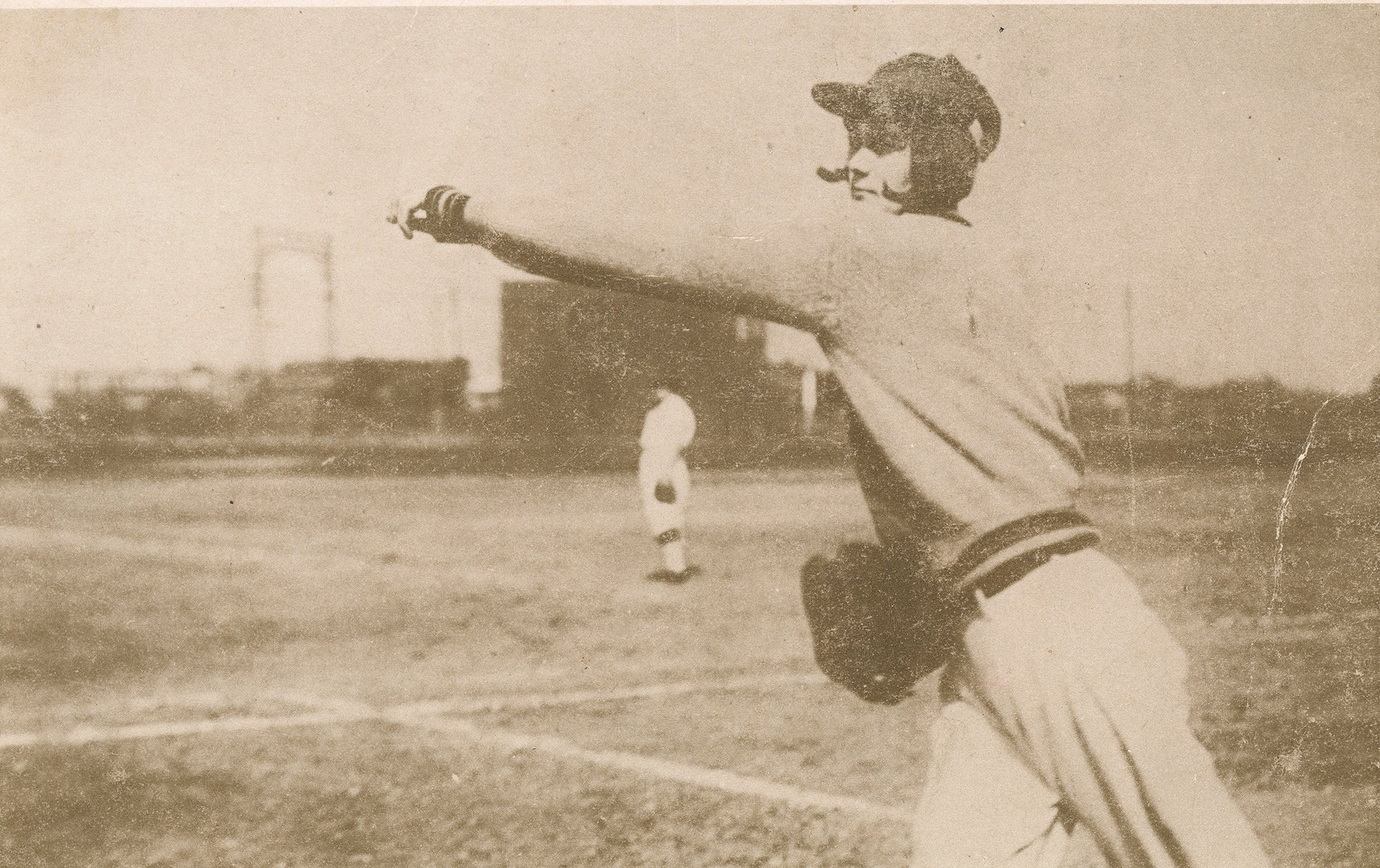
#Shortstops: Postcards from Japan

#Shortstops: Rapid Robert at the bat

#Shortstops: Sox on the Bridge

#Shortstops: Letters from Ty Cobb

#Shortstops: Postcards from Japan

#Shortstops: Rapid Robert at the bat



